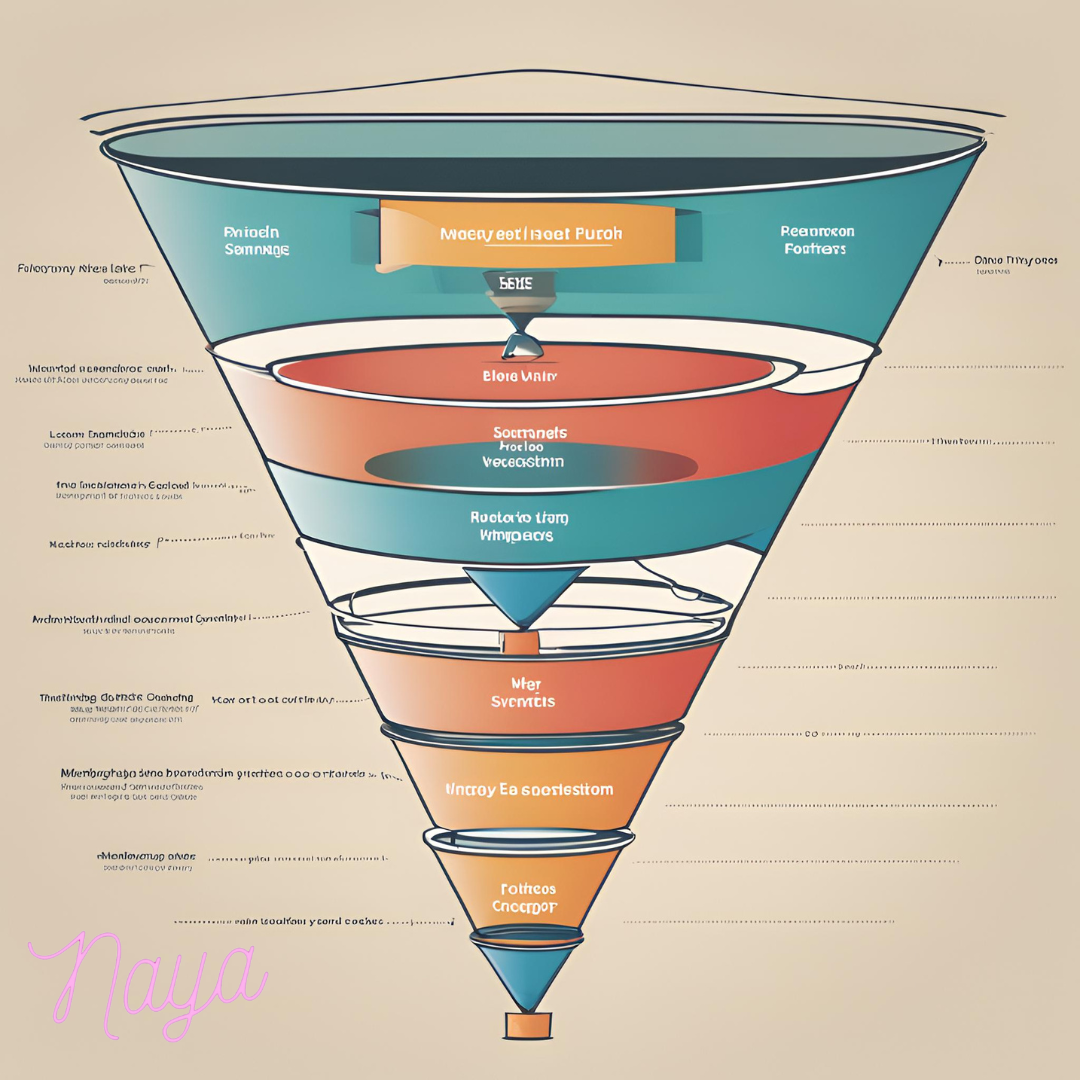A well-optimized marketing funnel is essential for guiding potential customers through their buying journey and converting them into loyal clients. Each stage of the funnel requires specific strategies to engage prospects and address their needs effectively. In this blog, we’ll explore how to optimize your marketing funnel for maximum conversions, ensuring you make the most of every opportunity to drive growth and revenue.
1. Attracting Awareness
The first stage of the marketing funnel is attracting awareness. At this point, potential customers are just discovering your brand and products. Your goal is to capture their attention and introduce them to what you offer.
Strategies:
- Content Marketing: Create high-quality, SEO-optimized blog posts, videos, and infographics that address common pain points and provide valuable information. Ensure your content is shareable to reach a wider audience.
- Social Media Marketing: Leverage social media platforms to share your content, engage with your audience, and participate in relevant conversations. Use targeted ads to reach specific demographics.
- Paid Advertising: Use pay-per-click (PPC) advertising to target keywords related to your industry. Direct traffic to optimized landing pages designed to capture leads.
2. Generating Interest
Once you’ve captured the attention of potential customers, the next step is to generate interest in your products or services. At this stage, your goal is to provide more detailed information and demonstrate the value of what you offer.
Strategies:
- Email Marketing: Collect email addresses through lead magnets like ebooks, whitepapers, and webinars. Send targeted email campaigns that provide additional insights and resources.
- Webinars and Workshops: Host online events that dive deeper into topics of interest to your audience. Use these events to showcase your expertise and build trust.
- Case Studies and Testimonials: Share success stories and testimonials from satisfied customers to highlight the benefits and effectiveness of your products or services.
3. Encouraging Consideration
In the consideration stage, potential customers are evaluating their options and comparing different solutions. Your goal is to position your product or service as the best choice.
Strategies:
- Product Demos and Free Trials: Offer demonstrations and free trials to allow prospects to experience your product firsthand. Make it easy for them to sign up and get started.
- Comparison Guides: Create detailed comparison guides that highlight the advantages of your product over competitors. Focus on the unique features and benefits that set you apart.
- Retargeting Ads: Use retargeting ads to stay top of mind with prospects who have visited your website or engaged with your content but haven’t yet converted.
4. Driving Decision
At the decision stage, potential customers are ready to make a purchase. Your goal is to facilitate this process and remove any remaining barriers to conversion.
Strategies:
- Clear Calls to Action (CTAs): Ensure your website and landing pages have clear, compelling CTAs that guide prospects towards making a purchase. Use action-oriented language and make the CTAs visually prominent.
- Simplified Checkout Process: Optimize your checkout process to minimize friction. Reduce the number of steps required to complete a purchase and offer multiple payment options.
- Limited-Time Offers and Discounts: Create a sense of urgency with limited-time offers, discounts, or special promotions. This can encourage hesitant prospects to take action.
5. Ensuring Post-Purchase Satisfaction
Conversion doesn’t end with the purchase. Ensuring post-purchase satisfaction is crucial for fostering loyalty and encouraging repeat business.
Strategies:
- Onboarding and Support: Provide excellent onboarding resources and customer support to help new customers get the most out of your product. Offer tutorials, FAQs, and responsive assistance.
- Follow-Up Communications: Send follow-up emails to check in with customers, gather feedback, and offer additional resources. This can help build a positive relationship and identify opportunities for upselling.
- Loyalty Programs: Implement loyalty programs that reward repeat purchases and encourage long-term engagement. Offer exclusive discounts, early access to new products, or special events.
6. Analyzing and Optimizing Your Funnel
Continuous analysis and optimization are essential for maintaining an effective marketing funnel. Regularly review your funnel’s performance to identify areas for improvement.
Strategies:
- Analytics Tools: Use tools like Google Analytics, CRM systems, and marketing automation platforms to track key metrics such as conversion rates, customer acquisition cost, and lifetime value.
- A/B Testing: Conduct A/B tests on different elements of your funnel, such as landing pages, email campaigns, and CTAs, to determine what works best.
- Customer Feedback: Gather feedback from customers to understand their experience and identify pain points. Use this information to refine your strategies and improve the overall customer journey.
Conclusion
Optimizing your marketing funnel for maximum conversions involves attracting awareness, generating interest, encouraging consideration, driving decision, ensuring post-purchase satisfaction, and continuously analyzing and optimizing your efforts. By implementing these strategies at each stage of the funnel, you can effectively guide prospects through their buying journey and convert them into loyal customers, driving growth and revenue for your business. Remember, a well-optimized funnel is dynamic and requires ongoing attention and adjustment to adapt to changing customer needs and market conditions.


